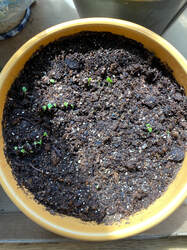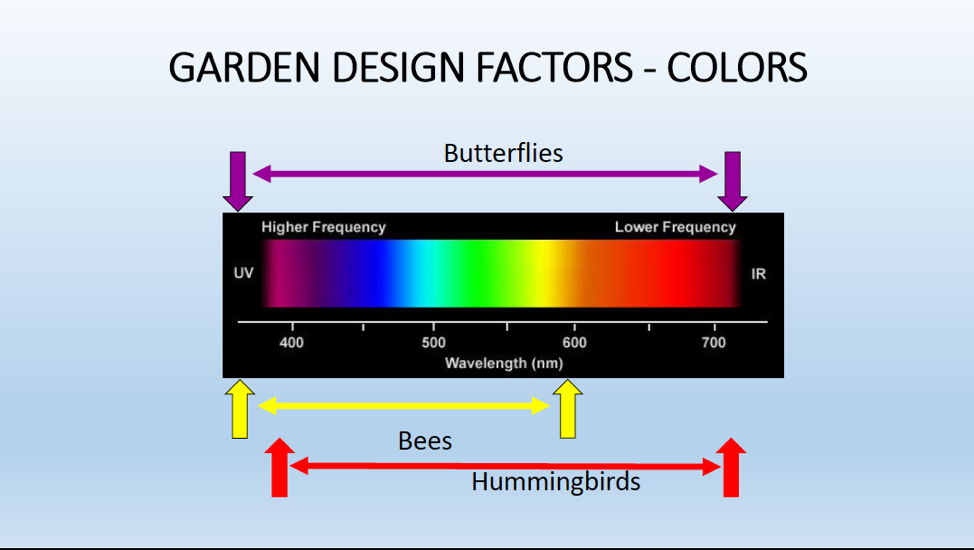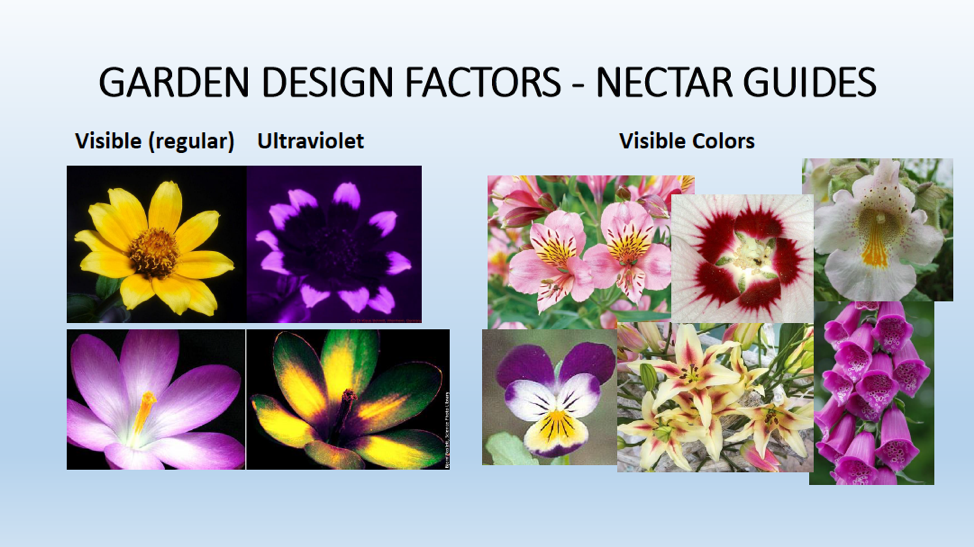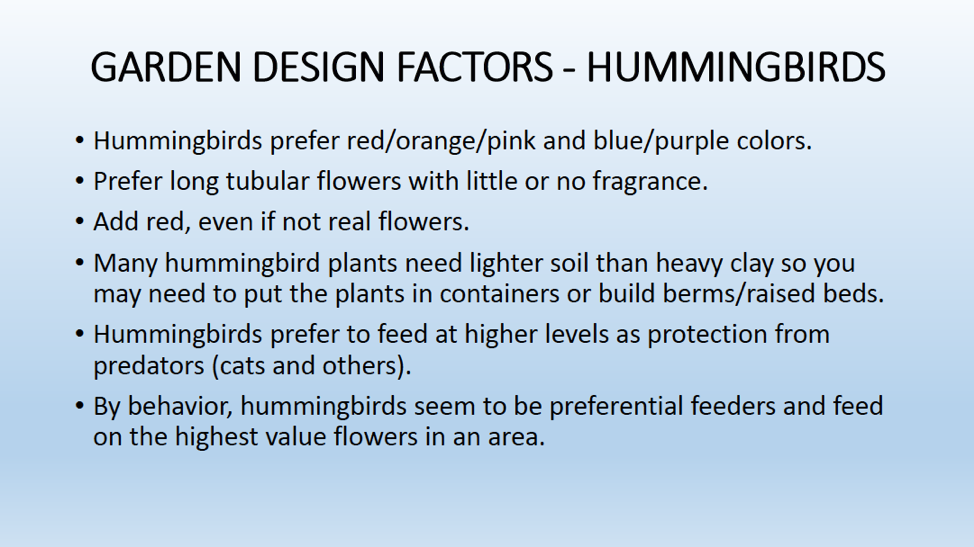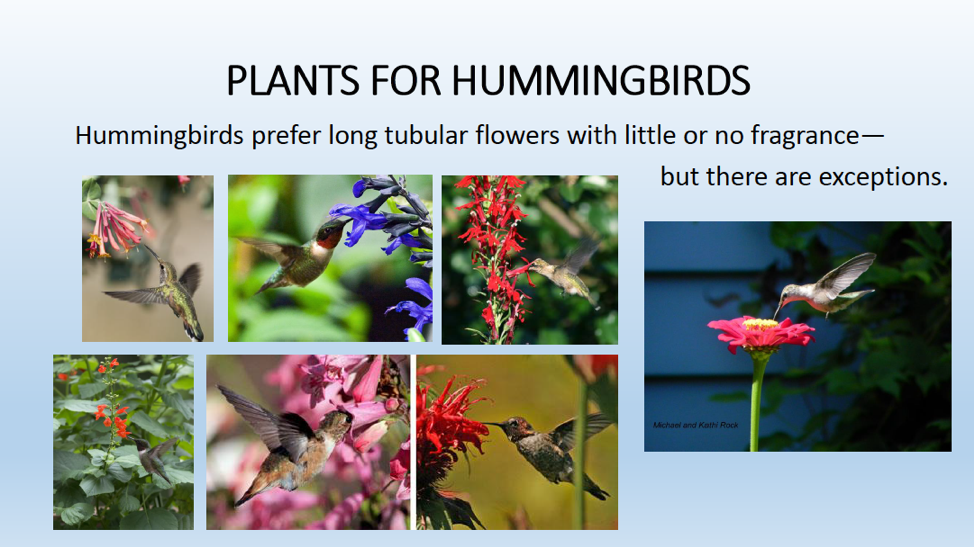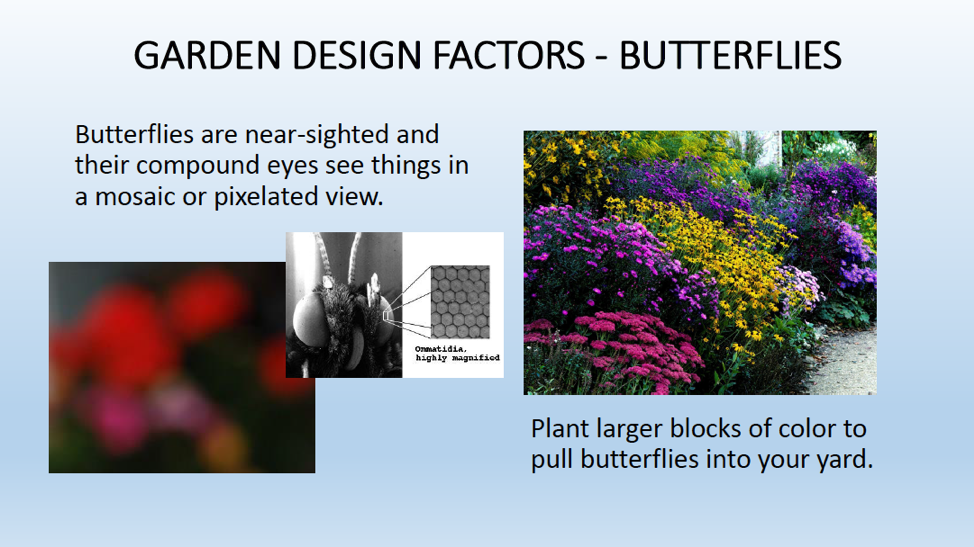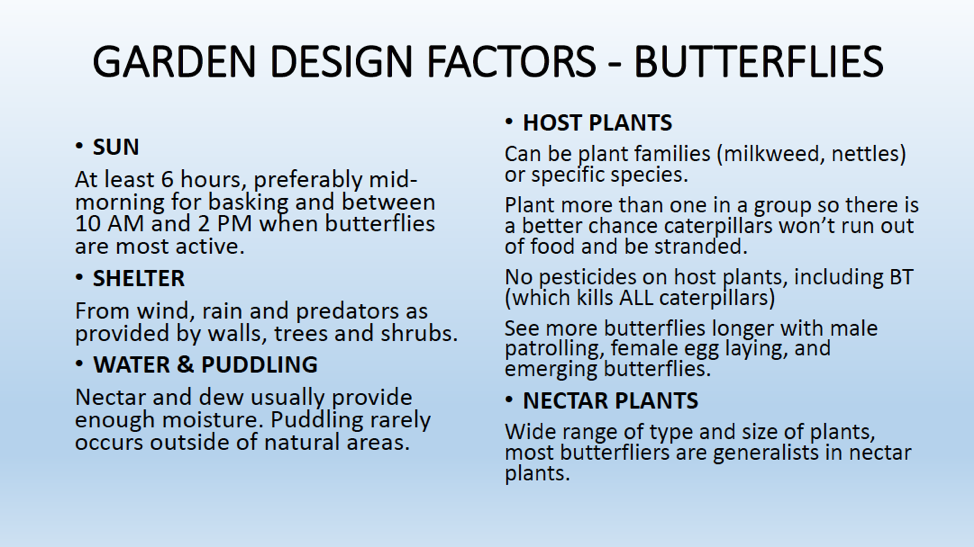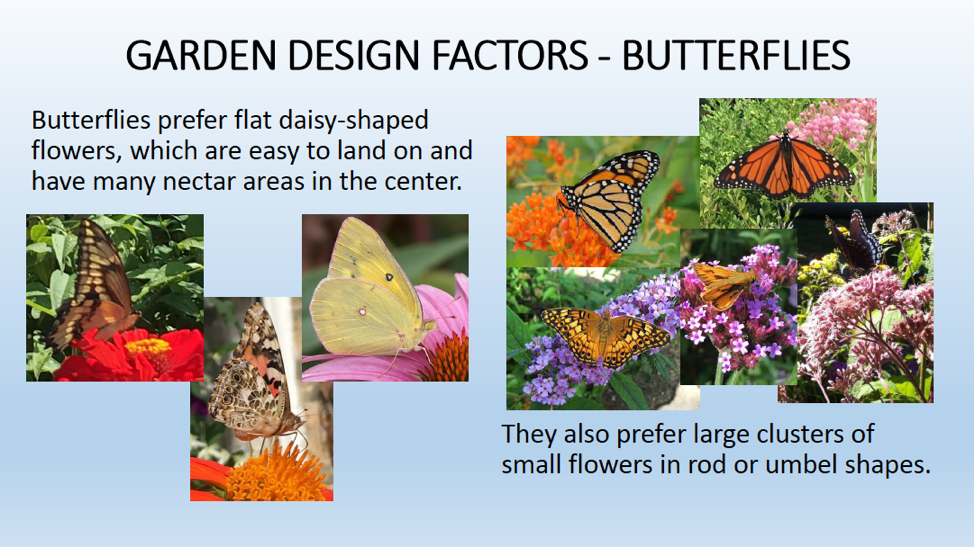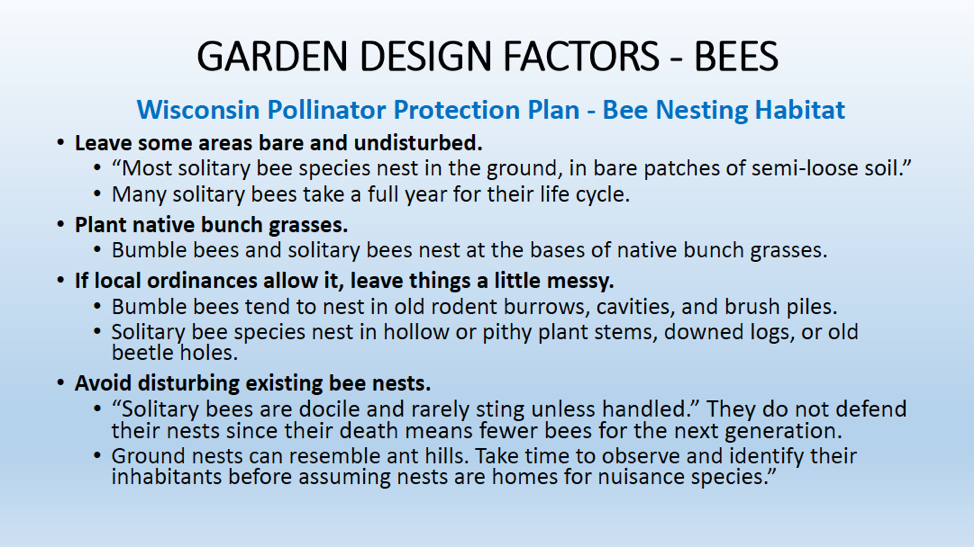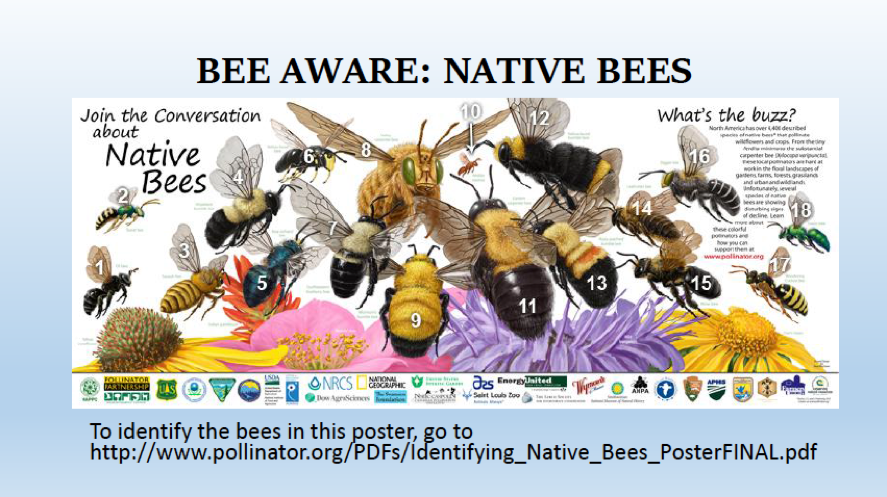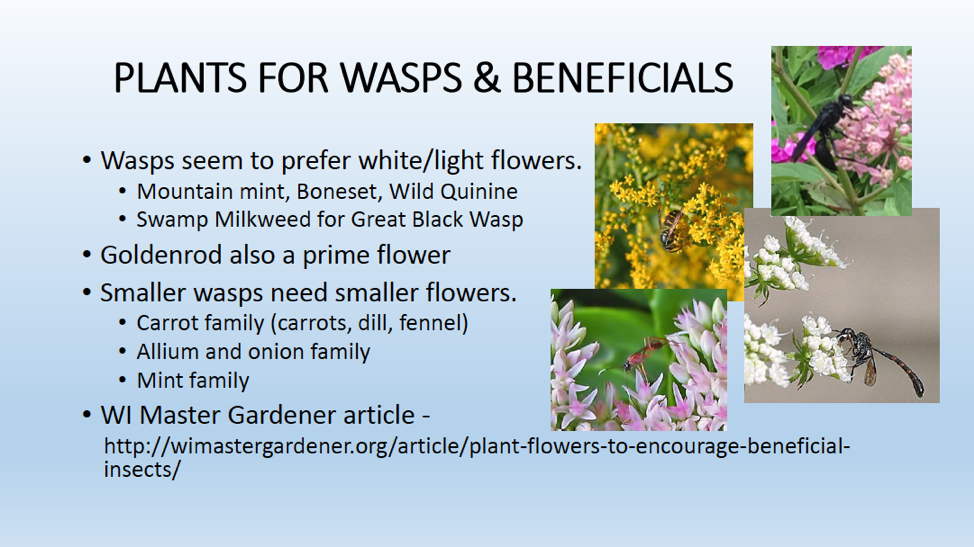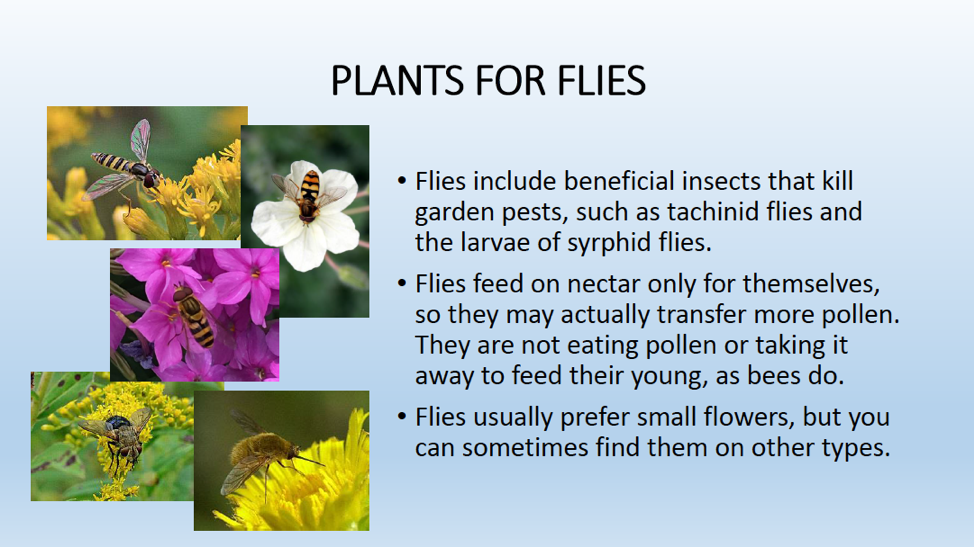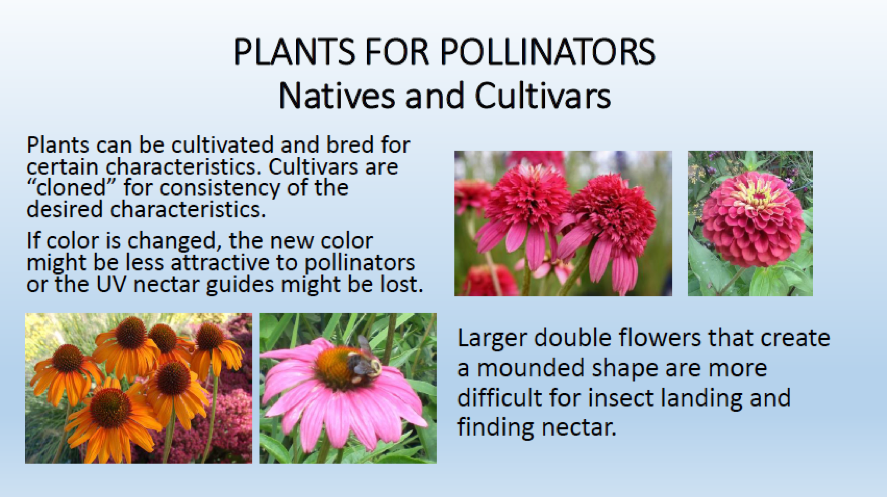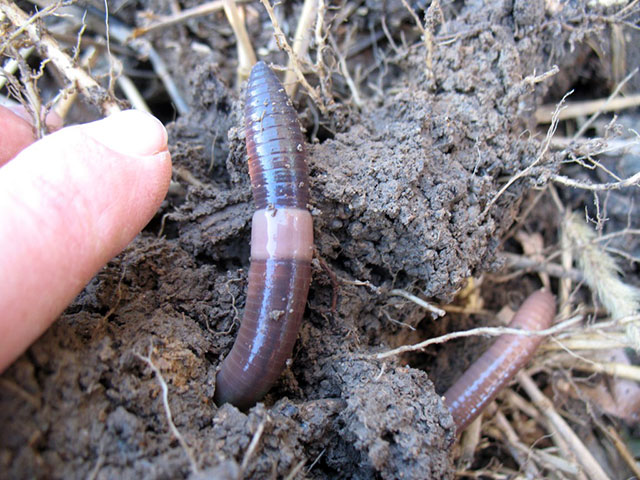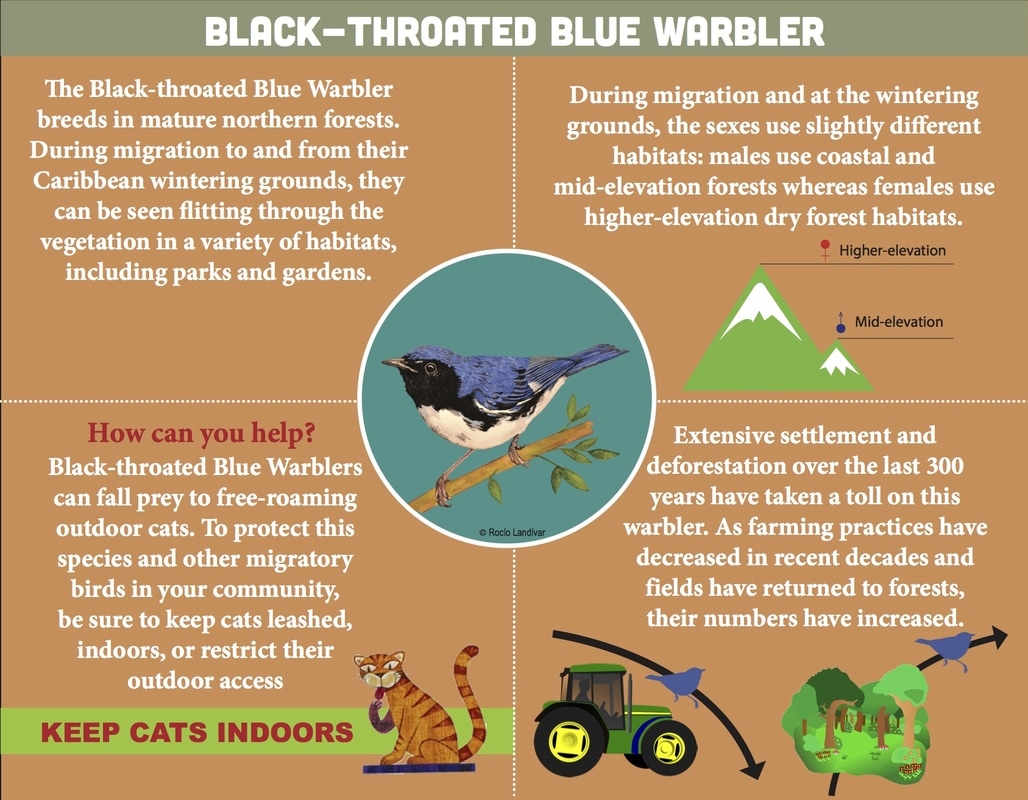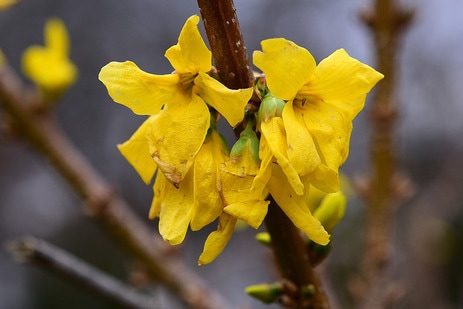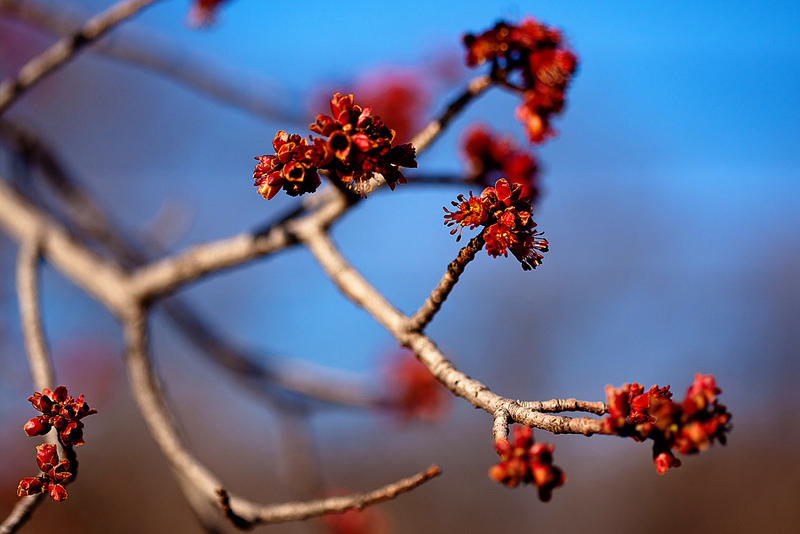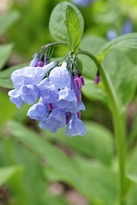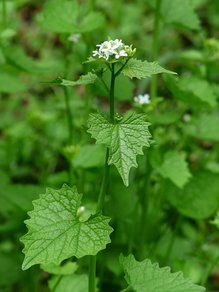|
by Jessie Banaszak Why would we want to feed the birds that winter over in Wisconsin? What are the benefits? What are some of the different birds that winter over in Wisconsin? How can I help the birds?
First of all, not only do birds provide beauty and pleasant sounds, but a lot of birds also help to control insects in your yard. For example, Bluebirds eat beetles (which feed on leaves, including Japanese beetles which feed on plants, flowers and grass), moth larvae (which feed on certain plants) and also grasshoppers and crickets. Cardinals feed on beetles, stink bugs, and snails. Chickadees eat aphids (which eat a lot of vegetables in your garden and flowering plants) and whiteflys. Some of the birds that stay in Wisconsin over the winter include: 1. The Northern Cardinal; 2. The Downy Woodpecker; 3. The Dark-eyed Junco; 4. The Pine Siskin; 5. The Snowy Owl; 6. The White-breasted Nuthatch; 7. The New World Warbler; 8. The Brown Thrasher; 9. The American Tree Sparrow; 10. Finches; 11. Song birds; and 12. Bluebirds. While being indoors a lot over the winter months, it's nice to see the birds hopping and chirping in your yard. With little effort, we can help the birds that winter over in Wisconsin. Many birds struggle to find enough food over the winter months. We can help the birds by feeding them good quality seed. There are many different types of seeds to purchase that will attract birds. When buying bird seed look for good quality seed, such as black sunflower seed, white proso millet or cracked corn. Fillers like red millet or flax are not considered good ingredients in bird seed. Try using white proso millet for Dark-eyed Juncos and American Tree Sparrows. Birds like Northern Cardinals and Blue Jays prefer peanuts. It is helpful to keep a journal of the birds you are feeding to help you determine the best seed to buy. Another way we can help the birds is to provide shelter over the winter months. For example, bird houses made of both wood and plastic are a good shelter (remember to periodically clean them with a mild soap and rise thoroughly). Also, a Christmas tree laid on its side or branches can help provide shelter for the birds. Native plants and trees are also an excellent source of protection for birds. The shelters not only keep birds warm in winter months, but also protect them from predators because they can hide in plants, trees and shrubs. Some of the trees that are protective for birds are: native evergreens, Red Cedar and White Cedar. Birds are wonderful animals that deserve our help to continue to thrive. With more and more people becoming educated and taking an interest in the nature around us, we can provide a better world not just for us but for future generations. Some other sources to look at for information on birds are: www.whatbirdsareinmybackyard.com. Feeder Watch The Schlitz Audubon Nature Center Bird Watcher’s Digest. *works cited : 1. Mattson, Craig. Helping Birds in Winter. Wisconsin Nature. January 7, 2019. https://www.schlitzaudubon.org/2019/01/07/helping-birds-in-winter/ 2. Engberg, Gary. Winter bird-feeding season has arrived in Wisconsin. Wisconsin State Journal. December 23, 2016. https://madison.com/wsj/sports/recreation/outdoors/gary-engberg-winter-bird-feeding-season-has-arrived-in-wisconsin/article_6adb9801-a21d-5c51-a34f-8f5b1e92fea9.html This spring we all are looking for activities to do at home in your own house or yard. Pollinators are struggling with sharply declining numbers and they are vital to our food production. Here are some ways you can create activities at home and help attract and support native pollinators. You can provide food and nesting habitats by planting flowering plants in your landscape or in containers on your patio, and DON’T USE PESTICIDES. Try to use a variety of plants that bloom from early spring to late fall. You can start from seed a variety of herbs, native pollinator plants, and annuals beneficial to bees, butterflies, and birds. Here are some herbs you can plant in pots: spearmint (but only in a pot because mint is invasive), oregano, sweet marjoram, basil, borage, lavender, and catnip/catmint. Some native flowering plants you can include in your garden are: violets, prairie smoke, pasque flowers, purple prairie clover, pale purple coneflower, wild bergamot, butterfly milkweed, woodland and prairie sunflower, prairie blazing star, and great blue lobelia.
You can find natives at: Johnson’s Nursery Inc. https://www.kb.jniplants.com/tag/native/ Mileager’s Gardens www.milaegerslandscape.com Monches’ Farm www.monchesfarm.com Prairie Nursery www.prairienursery.com and seeds at: Prairie Seed Source www.prairiebob.com, or Pheasants Forever www.pfhabitatstore.com/store/items/WI/ These sites can also help you choose plants that bloom at different times of the season. So please join the Whitefish Bay Garden Club in supporting pollinator insects and birds! Written by Jill Griffee Ross, Co-President of the Whitefish Bay Garden Club.  Want a great lawn next summer? NOW is the time to start. Cooler temperatures will kickstart both the top growth and root growth. Fall is the ideal time to both pamper your grass and feed those roots. The easiest first step in optimal lawn care is to begin mulching your grass clippings and leaves back into the lawn. That is the single simplest change you can make in your routine that will have a big impact on the health of your lawn for next year. This step alone recycles nutrient-rich materials back into your lawn rather than contributing to landscape waste on the curb. If you are already mulching your grass clippings back into your lawn, then take the next step — assess your lawn. Get to know your lawn a bit better. Establish a good baseline on where you are at now and where you want to be next year. Here are some simple ways to do that:
Right now — around Labor Day — is the ideal time to think about your “wish list” for next year’s front yard and to begin to create your very own backyard oasis. Not only is it a good time to visualize what you want for your lawn, but it is also a good time to plan for your garden beds. Do you want to accent your lawn with borders of color in the spring? Do you love seeing tulips and daffodils popping up in other yards? Begin to think now about your own space and plan ahead. Each week in the lawn care series, the Whitefish Bay Garden Club will suggest some action items that you can take to enhance your lawn and gardens for next year. AuthorMary Beth Mahoney has a passion for organic lawn care and sustainable lifestyle choices. She is a Master Composter in both Wisconsin and Illinois. She served as a Master Gardener in Illinois and has taken professional courses in turf management, soil sciences, and commercial composting. She is a member of the Whitefish Bay Garden Club. This information is from Jennifer Lazewski’s presentation to the Whitefish Bay Garden Club in October 2017. She is a member of the UW Extension SouthEast Wisconsin Master Gardners. Jennifer can be reached at [email protected]
Pollinators are primarily insects that help transfer pollen. Bees are the most important and efficient pollinators. They purposefully seek and gather pollen for food. Their bodies have features to gather and hold pollen. Most other pollinators seek nectar and only incidentally transfer pollen, such as bugs, butterflies, and hummingbirds. They lack hairs to gather and hold pollen. They sometimes damage or eat pollen or parts of plants. Pollinators are essential because 75% of the world’s major food crops require or benefit from pollinators. About one third of the food we eat needs animal pollination. In Wisconsin, pollinator dependent crops account for over $55 million in annual production, and honey and beeswax add another $3.5 – 4 million. Bees can’t fly very far, so local farms and home gardens need local bees. Pollinators are declining in number due to habitat destruction and fragmentation. Causes include:
HOW CAN YOU SUPPORT POLLINATORS? Wisconsin Pollinator Protection Plan:
What factors should you consider when designing a pollinator friendly garden?
As you weed your garden remember that how you dispose of invasive plants is important to keep the plants from spreading.
The Village of Whitefish Bay has guidelines for proper disposal of plants such as garlic mustard. Below we are reprinting an article published by the Village in Bay Leaves several years ago. GARLIC MUSTARD WHAT DO I DO IF I FIND GARLIC MUSTARD IN MY YARD? Garlic Mustard is an invasive species and Whitefish Bay has the perfect climate for these plants to survive. If these plants are left to grow they will spread into lawns, gardens, and wooded areas and choke out the existing vegetation. If you spot garlic mustard on your property, please hand pull it out of the ground. It is best to remove the plant when the soil is damp and before it begins to flower. Throw the entire plant including the root ball in a heavy clear plastic garbage bag and close it up. If you have a small amount you can put it into a small clear plastic bag and into your garbage container. If you have a large amount, put it into a heavy plastic garbage bag and label it garlic mustard. Leave the bag next to your garbage cans. Our garbage collectors will pick it up with your weekly trash. Please do not put the garlic mustard in yard waste or your compost pile. Yard waste is composted and the garlic mustard will contaminate the compost and further spread. Cutting the plant is not recommended as it has to be done at a certain period of time or the plant will re- sprout. If you want to learn more about garlic mustard please visit the DNR website at http://dnr.wi.gov/topic/invasives/fact/garlicmustard.html QUESTIONS REGARDING THE DISPOSAL OF GARLIC MUSTARD CAN BE DIRECTED TO ENGINEER@WFBVILLAGE.ORG. Amynthas Agrestis Crazy worm, is an invasive earthworm now active and found in Wisconsin. Originally from East Asia, this damaging pest was first found in Wisconsin in 2013. Crazy Worms are also sold under the names of Alabama jumpers and snake worms. They are a PROHIBITED species under Wisconsin's Invasive Species Rule NR 40. You can recognize the worms because they act just like their name: crazy, jumping and thrashing when handled. If you pick one up it may shed its tail and act like a threatened snake. These worms can be from 1.5 to 8 inches long with a narrow band around their body (clitellum) that is smooth and milky white, unlike other species that have a raised clitellum. Crazy worms are asexual and reproduce easily, maturing in just 60 days. In one year they can have two hatches. It is easiest to see them in late June and early July. Populations double from September until the first hard frost, enabling them to double their population and do significant damage. What's the Problem with Crazy Worms? These pests change the soil and disrupt natural decomposition of leaf litter on the forest floor. The worms "turn good soil into grainy, dry worm casings (poop) that cannot support the understory plants of our forests" (Wisconsin Department of Natural Resources ). Crazy worms cause the death and destruction of other plants, animals, and fungi because the understory community can no longer support them. In residential and urban areas, ornamental plantings and turf are damaged by the worms. The voracious appetite and speedy life cycle of these worms give them a competitive edge, causing long term effects and damage to Wisconsin forests. The Wisconsin Department of Natural Resources believes that crazy worms are not yet wide-spread in Wisconsin, but since they reproduce and spread so quickly it is vital for the DNR to learn where they are and reduce their spread. We Need Your Help! If you see crazy worms at your house, in your compost, at a boat landing, or in a forest near you, contact: Bernie Williams, Wisconsin Department of Natural Resources [email protected] (608) 266-0624 For additional information visit www.dnr.wi.gov and search for "Invasive earthworms". Photo credit: Wisconsin DNR website
On May 6, 2017, our club will celebrate International Migratory Bird Day. We will host a booth at Green Day in the Bay, located in Cahill Park at the warming house from 9 a.m. until noon. Come and bring your family to learn about migrating birds and their stopover sites through coloring pages for children, and make and take bird nesting bags for your backyard. When birds migrate between nesting and wintering sites, they don't just stop anywhere; they rely on a handful of resource-rich and strategically located sites where they may double their body weight as they acquire the energy-rich fat stores needed to fly thousands of kilometers across continents and oceans. These places are known as stopover sites Some stopover sites are well known, such as along the coasts of Louisiana, New Jersey, and the Upper Bay of Panama, where birds stop after traveling along the shoreline. Others are inland, such as Venezuela's grasslands, wetlands in the central United States, and even urban parks and backyards. In 2017, Environment for the Americas and local Bird Cities like our own invite you to join our celebration of the importance of stopover sites and their habitats. Wether you learn about a stopover site near your home, visit one far away, or create a safe place for birds in your backyard, your support can mean a safe journey for a migratory bird. Join the celebration! To learn more, go to International Migratory Bird Day http://www.migratorybirdday.org.
The warm winter is causing many flowering plants to bloom early. Scientists can learn much from observing how plants are responding to the warm temperatures and can even predict how they will adapt in the future, but they need your help!
"The Chicago Botanic Garden has recently taken over Project BudBurst, a national citizen science project designed so you can help us collect just such data, and in this very warm year, it is more important than ever that we collect as much data as possible." Project BudBurst is collecting bloom dates on forsythia (Forsythia × intermedia), red maple (Acer rubrum), and Virginia bluebells (Mertensia virginica). When you see that first yellow forsythia bloom, the first leaf on your red maple, or that first bluebell bud open, let scientists know by contributing to Project BudBurst. Click on the link above to set up an account and record your information. Thanks to "My Chicago Botanic Garden-A blog" for sharing this information. Garlic Mustard, Alliaria petiolata, is a common invasive species in Wisconsin. It can be found in backyards and woods. Our community is working to reduce and eliminate its harmful effect on native plants. The Wisconsin Department of Natural Resources compiled a factsheet that describes how to identify Garlic Mustard, and then how to eliminate it. Click on the Garlic Mustard factsheet to learn more about this problem.
For more information click on the links below. http://dnr.wi.gov/topic/ForestHealth/ http://dnr.wi.gov/topic/Invasives/ http://dnr.wi.gov/topic/Invasives/fact/GarlicMustard.html http://dnr.wi.gov/topic/Invasives/documents/classification/LR_Alliaria_petiolata.pdf 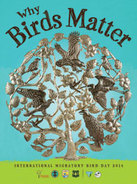 The Benefits of Birds to Humans and Nature (from birdday.org) Not everyone is aware of the diversity of birds around the world, the amazing migrations some take, and the phenomenal range of behaviors, plumages, and songs they exhibit. International Migratory Bird Day 2014 shares the many ways in which birds matter to the earth, to ecosystems, and of course, to us. Some bird species provide practical solutions to problems, such as the need for insect and rodent control. Others disperse seeds, helping to revegetate disturbed areas. Others are pollinators, ensuring that we are graced with flowering plants, trees, and shrubs. Beyond the utilitarian, birds are inspirations for the arts. Amadeus Mozart had a pet starling that motivated the opening theme of the Third Movement of his Piano Concerto No. 17 in G. Beethoven used the songs of thrushes and blackbirds, and many musical pieces contain the call of the cuckoo. Paintings, poetry, and of course the IMBD 2014 hammered steel drum art all express the intangible joy birds provide us every day. Join us in raising awareness of birds and why they matter through International Migratory Bird Day. Follow these links to learn more!
|
AuthorsThe Lawn and Garden Tips page is updated by members of the Whitefish Bay Garden Club. Archives
October 2020
Categories
All
|



